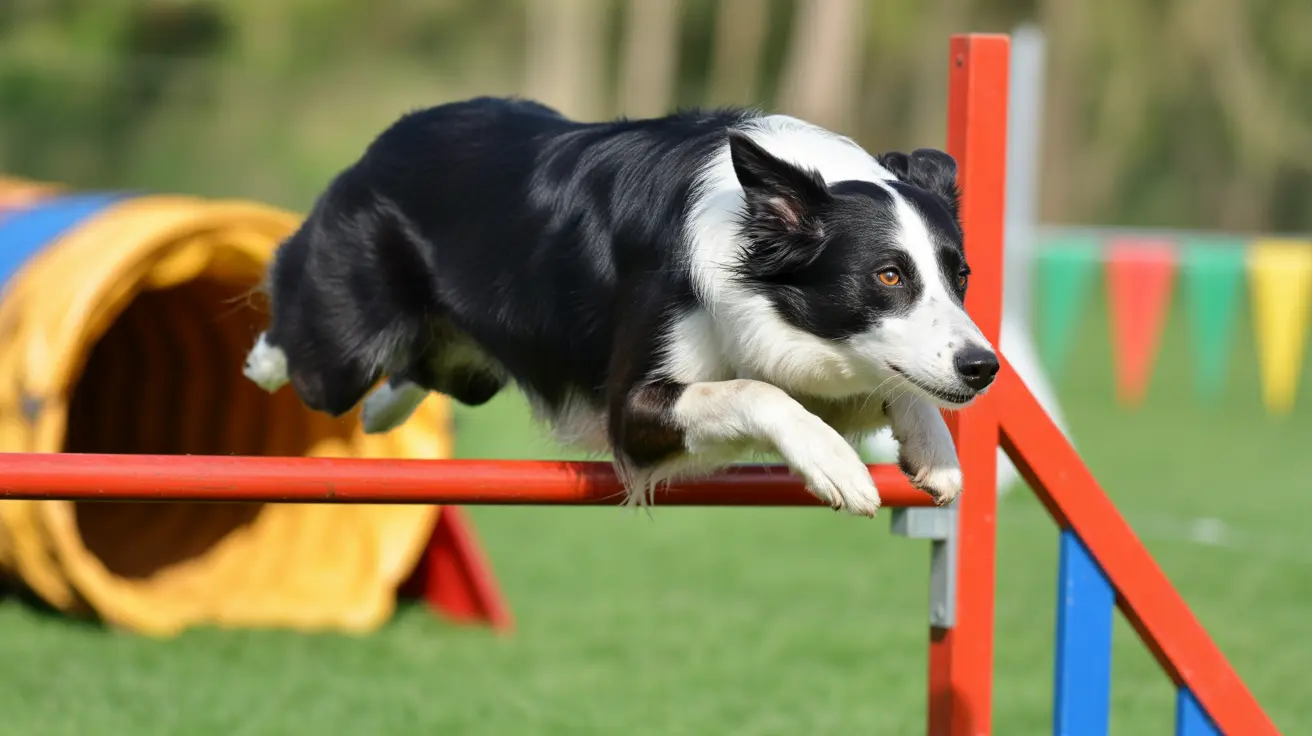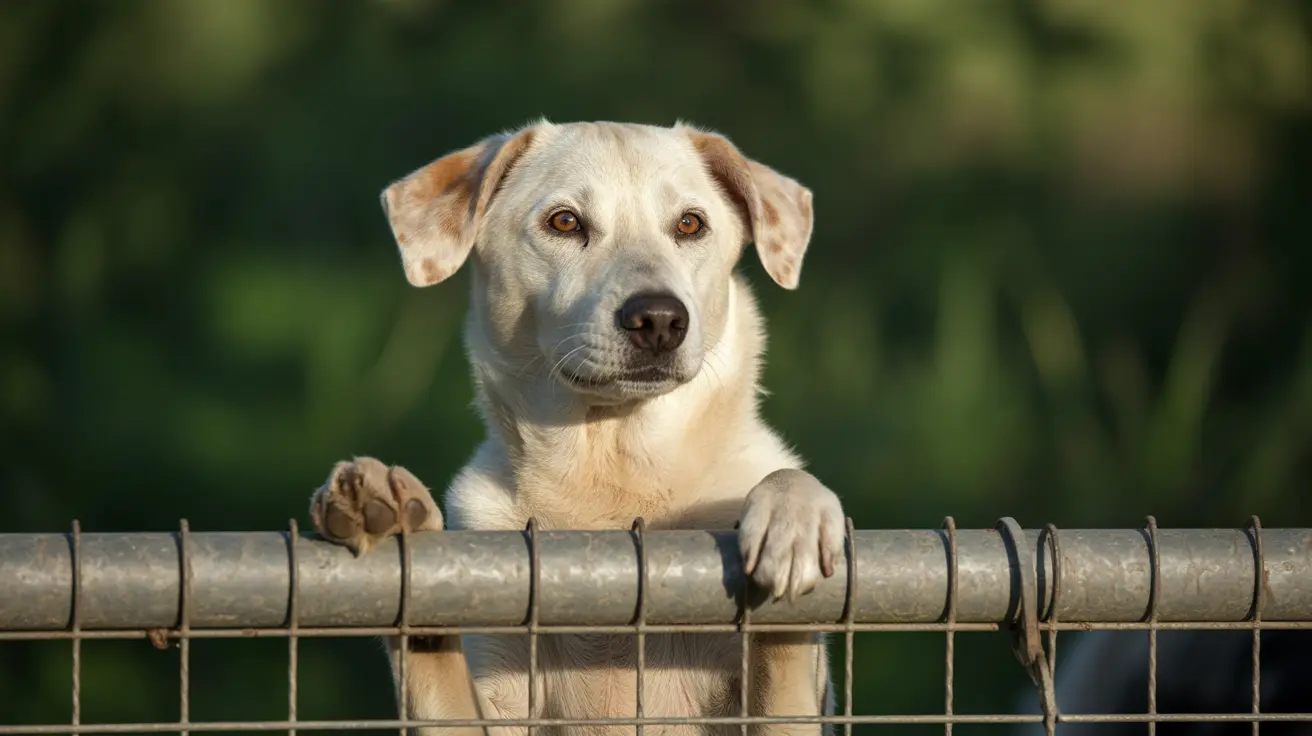Are Dog Warts Painful for Dogs? Understanding the Signs and Treatments
As a pet owner, noticing any growth or irregularity on your dog's skin can be concerning. One common skin issue that many dogs face is warts, scientifically known as papillomas. While most of the time they are benign and painless, some circumstances can lead to discomfort. This article delves into whether dog warts are painful, what causes them, and how you can help your furry friend.
What Are Dog Warts?
Dog warts are small, benign growths on the skin caused by the canine papillomavirus (CPV). They most commonly affect young dogs with immature immune systems or older dogs with weakened immunity. These warts are usually found around the lips, mouth, eyelids, and paws, although they can appear anywhere on the body.
Are Dog Warts Painful?
In general, dog warts do not cause pain. Most dogs do not even notice them, and they often resolve on their own without treatment. However, certain situations can make warts painful or uncomfortable, such as:
- Location: Warts on sensitive areas like paw pads may cause pain when walking.
- Irritation: If a dog licks, scratches, or bites at a wart, it can become inflamed.
- Infection: Open or bleeding warts can develop secondary bacterial infections, leading to pain and swelling.
- Clustered Growth: Multiple warts inside the mouth or throat can interfere with eating and swallowing.
If you observe these symptoms, consult your veterinarian.
Signs Your Dog's Wart May Be Painful
- Excessive licking or scratching of a specific area
- Whining or discomfort when touched
- Bleeding or oozing from the wart
- Changes in eating, walking, or playing behavior
- Swelling or red, inflamed skin around the growth
These signs suggest that the wart may not be benign anymore, possibly due to irritation or infection.
How Do Dogs Get Warts?
Warts are caused by direct contact with canine papillomavirus through broken skin or mucous membranes. The virus is contagious among dogs, especially in places like dog parks, grooming salons, and kennels. However, this virus does not spread to humans or other animal species.
Treatment Options for Dog Warts
Most warts resolve without medical intervention, especially in young dogs. However, treatment may be needed if the wart:
- Causes pain or discomfort
- Becomes injured or infected
- Grows in a problematic area like the mouth or eyes
- Does not resolve in several months
Treatment options include:
- Monitoring: In most cases, simply observing the wart is sufficient, especially if it's not bothersome.
- Surgical Removal: If the wart is large, numerous, or painful, a vet may remove it surgically.
- Cryotherapy: This method involves freezing the wart, causing it to fall off.
- Laser Surgery: An advanced but effective method for removing troublesome growths.
- Immune-boosting Therapy: Can include medications or supplements to help the dog's immune system fight off the virus.
When to See a Vet
Consult your veterinarian if your dog's wart:
- Is growing rapidly
- Changes color or shape
- Bleeds or looks infected
- Causes visible discomfort
A vet can determine whether the growth is a simple wart or another more serious issue such as a tumor or skin infection.
How to Prevent Dog Warts
- Avoid high-risk environments where the virus may spread.
- Strengthen your dog's immune system through proper nutrition and exercise.
- Separate infected dogs from others until the warts resolve.
While there's no vaccine for canine papillomavirus, these measures can reduce the risk.
Final Thoughts
Dog warts are typically harmless and painless but can become problematic in specific cases. Understanding the signs of discomfort and knowing when to seek veterinary care ensures that your pet remains healthy and comfortable. If in doubt, always consult your vet for a proper diagnosis and treatment plan.





